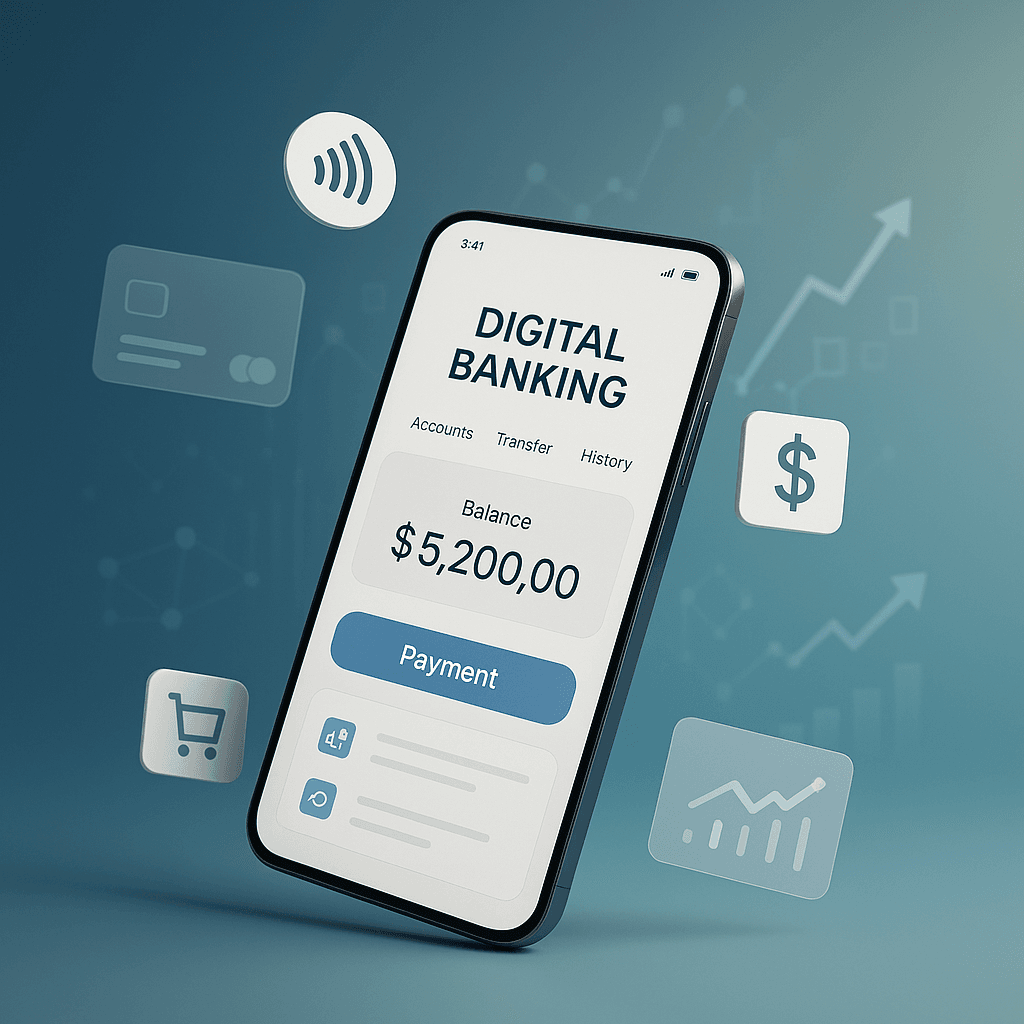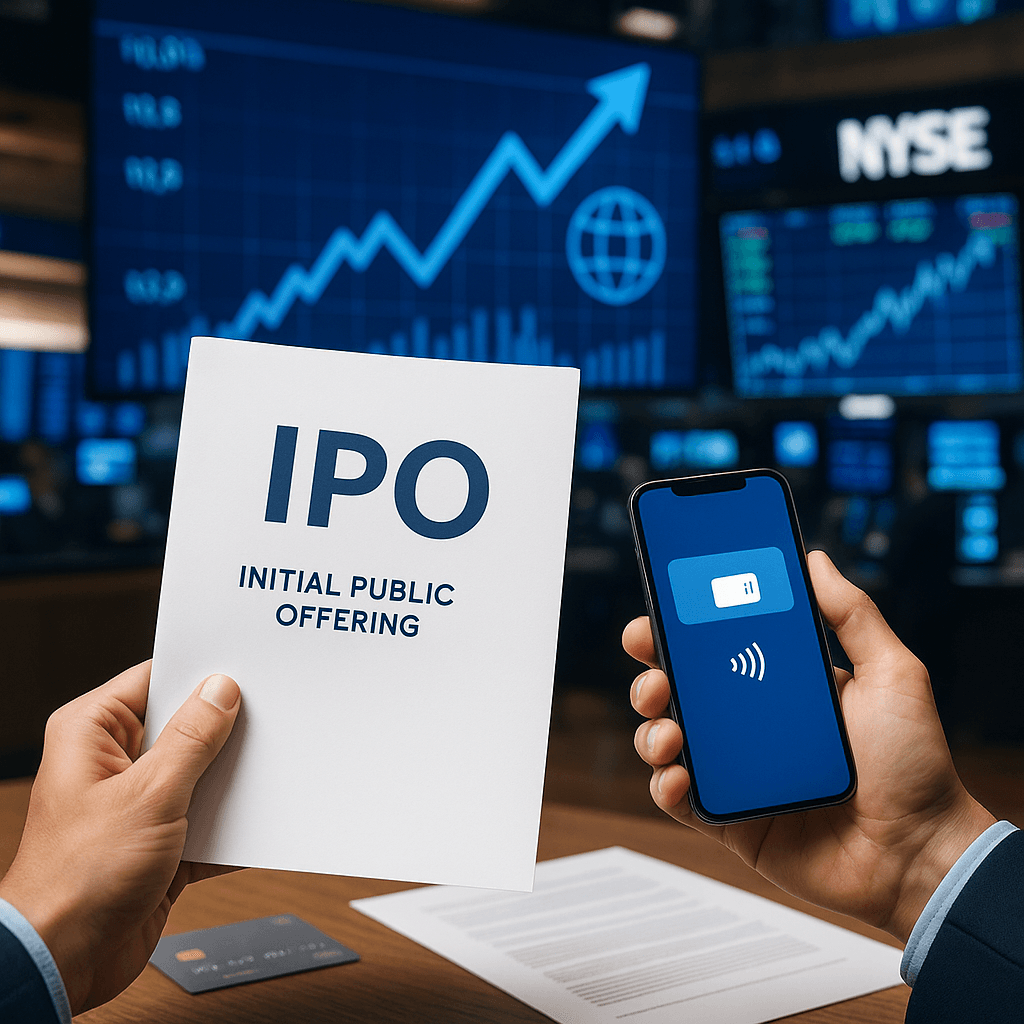Klarna's approaching IPO represents a pivotal moment for the Swedish fintech giant as it attempts to shed its buy-now-pay-later origins and convince public markets it's evolved into a comprehensive digital retail bank. The company's valuation and market reception will hinge on whether investors buy into this strategic transformation beyond its signature installment payment model.
Klarna is betting its entire public market debut on a fundamental question: can a company synonymous with buy-now-pay-later convince investors it's something much bigger? The Swedish fintech giant's approaching IPO represents more than just another public offering—it's a litmus test for whether the market believes in Klarna's transformation from a one-trick payment pony into a comprehensive digital retail bank.
The stakes couldn't be higher. Klarna has spent years methodically expanding beyond its signature installment payment model, the very product that catapulted it to a $45.6 billion peak valuation in 2021. Now, as the company prepares to face public investors, according to CNBC's reporting, that strategic pivot will undergo the ultimate stress test.
The timing presents both opportunity and challenge. While fintech IPOs have largely stalled since the sector's 2021 peak, Klarna's potential public debut comes at a moment when investors are increasingly skeptical of single-product fintech companies. The BNPL sector specifically faces mounting regulatory scrutiny across Europe and the US, with authorities questioning whether these services encourage consumer debt.
Klarna's response has been aggressive diversification. The company has rolled out traditional banking products, expanded into savings accounts, and launched shopping discovery features that position it more as a retail ecosystem than a payment processor. CEO Sebastian Siemiatkowski has repeatedly emphasized this vision, positioning Klarna as the "Amazon of finance" rather than just another BNPL provider.
But investors will scrutinize the numbers behind the narrative. Klarna's core BNPL business still generates the majority of its revenue, and the company's path to profitability remains tied to transaction volumes from installment payments. The challenge lies in demonstrating that newer banking products contribute meaningfully to both revenue and customer retention.
The competitive landscape adds another layer of complexity. Traditional banks are rapidly launching their own BNPL offerings, while newer fintech players like and continue to compete directly in installment payments. Meanwhile, 's entry into BNPL through Apple Pay Later and 's Pay in 4 service have commoditized the core offering.



